Nutrition And Diet Therapy 6th Edition by Carroll A. Lutz – Test Bank
$25.00
Edition: 6th Edition
Format: Downloadable ZIP File
Resource Type: Test Bank
Duration: Unlimited downloads
Delivery: Instant Download
Nutrition And Diet Therapy- 6th Edition by Carroll A. Lutz and Erin E. Mazur – Test Bank
Chapter 4: Protein
1. Which of the following is not a complete protein?
1. Baked beans
2. Beef liver
3. Cottage cheese
4. Pork steak
Ans: 1
|
Feedback |
|
|
1. |
Grains, vegetables, legumes, nuts, and seeds contain incomplete protein. Complete proteins supply all nine essential amino acids in sufficient quantity to maintain tissue and support growth. Meat, poultry, fish, eggs, milk, and cheese are sources of complete protein. |
|
2. |
Complete proteins supply all nine essential amino acids in sufficient quantity to maintain tissue and support growth. Meat, poultry, fish, eggs, milk, and cheese are sources of complete protein. |
|
3. |
Complete proteins supply all nine essential amino acids in sufficient quantity to maintain tissue and support growth. Meat, poultry, fish, eggs, milk, and cheese are sources of complete protein. |
|
4. |
Complete proteins supply all nine essential amino acids in sufficient quantity to maintain tissue and support growth. Meat, poultry, fish, eggs, milk, and cheese are sources of complete protein. |
KEY: Integrated Process: Nursing Process | Client Need: Physiological Integrity: Basic Care and Comfort | Cognitive Level: Knowledge
2. In addition to carbon, hydrogen, and oxygen, proteins are characterized by the presence of:
1. Calcium
2. Nitrogen
3. Sodium
4. Sulfur
Ans: 2
|
Feedback |
|
|
1. |
Proteins are composed of four elements: carbon, hydrogen, oxygen, and nitrogen. |
|
2. |
Proteins are composed of four elements: carbon, hydrogen, oxygen, and nitrogen. |
|
3. |
Proteins are composed of four elements: carbon, hydrogen, oxygen, and nitrogen. |
|
4. |
Proteins are composed of four elements: carbon, hydrogen, oxygen, and nitrogen. |
KEY: Integrated Process: Nursing Process | Client Need: Physiological Integrity: Basic Care and Comfort | Cognitive Level: Comprehension
3. Essential amino acids are those:
1. Available from grains
2. Essential to body processes
3. Manufactured by the body because they are essential to life
4. Unable to be synthesized in adequate amounts by the body
Ans: 4
|
Feedback |
|
|
1. |
An amino acid is classified as essential if the body is unable to make it in sufficient amounts to meet metabolic needs. All essential amino acids must be available in the body simultaneously and in sufficient quantity for the synthesis of body proteins. |
|
2. |
An amino acid is classified as essential if the body is unable to make it in sufficient amounts to meet metabolic needs. All essential amino acids must be available in the body simultaneously and in sufficient quantity for the synthesis of body proteins. |
|
3. |
An amino acid is classified as essential if the body is unable to make it in sufficient amounts to meet metabolic needs. All essential amino acids must be available in the body simultaneously and in sufficient quantity for the synthesis of body proteins. |
|
4. |
An amino acid is classified as essential if the body is unable to make it in sufficient amounts to meet metabolic needs. All essential amino acids must be available in the body simultaneously and in sufficient quantity for the synthesis of body proteins. |
KEY: Integrated Process: Nursing Process | Client Need: Physiological Integrity: Basic Care and Comfort | Cognitive Level: Knowledge
4. Protein provides how many kilocalories per gram?
1. 2
2. 4
3. 5
4. 9
Ans: 2
|
Feedback |
|
|
1. |
Proteins provide 4 kilocalories per gram. |
|
2. |
Proteins provide 4 kilocalories per gram. |
|
3. |
Proteins provide 4 kilocalories per gram. |
|
4. |
Proteins provide 4 kilocalories per gram. |
KEY: Integrated Process: Nursing Process | Client Need: Physiological Integrity: Basic Care and Comfort | Cognitive Level: Knowledge
5. One milk exchange contains how many grams of protein?
1. 4
2. 6
3. 8
4. 10
Ans: 3
|
Feedback |
|
|
1. |
One milk exchange provides 8 grams of protein. |
|
2. |
One milk exchange provides 8 grams of protein. |
|
3. |
One milk exchange provides 8 grams of protein. |
|
4. |
One milk exchange provides 8 grams of protein. |
KEY: Integrated Process: Nursing Process | Client Need: Physiological Integrity: Basic Care and Comfort | Cognitive Level: Knowledge


MAECENAS IACULIS
Vestibulum curae torquent diam diam commodo parturient penatibus nunc dui adipiscing convallis bulum parturient suspendisse parturient a.Parturient in parturient scelerisque nibh lectus quam a natoque adipiscing a vestibulum hendrerit et pharetra fames nunc natoque dui.
ADIPISCING CONVALLIS BULUM
- Vestibulum penatibus nunc dui adipiscing convallis bulum parturient suspendisse.
- Abitur parturient praesent lectus quam a natoque adipiscing a vestibulum hendre.
- Diam parturient dictumst parturient scelerisque nibh lectus.
Scelerisque adipiscing bibendum sem vestibulum et in a a a purus lectus faucibus lobortis tincidunt purus lectus nisl class eros.Condimentum a et ullamcorper dictumst mus et tristique elementum nam inceptos hac parturient scelerisque vestibulum amet elit ut volutpat.


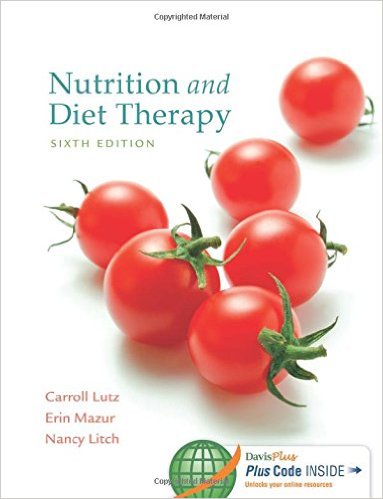
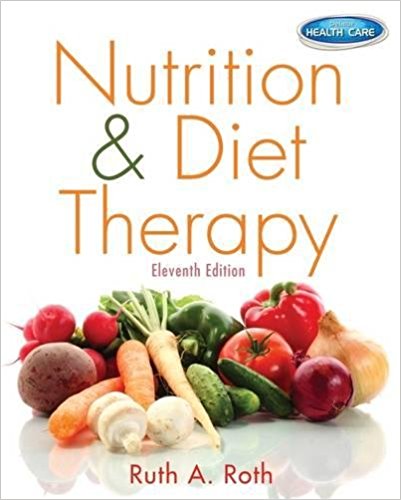
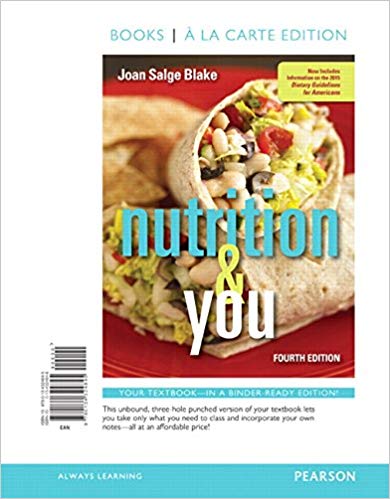
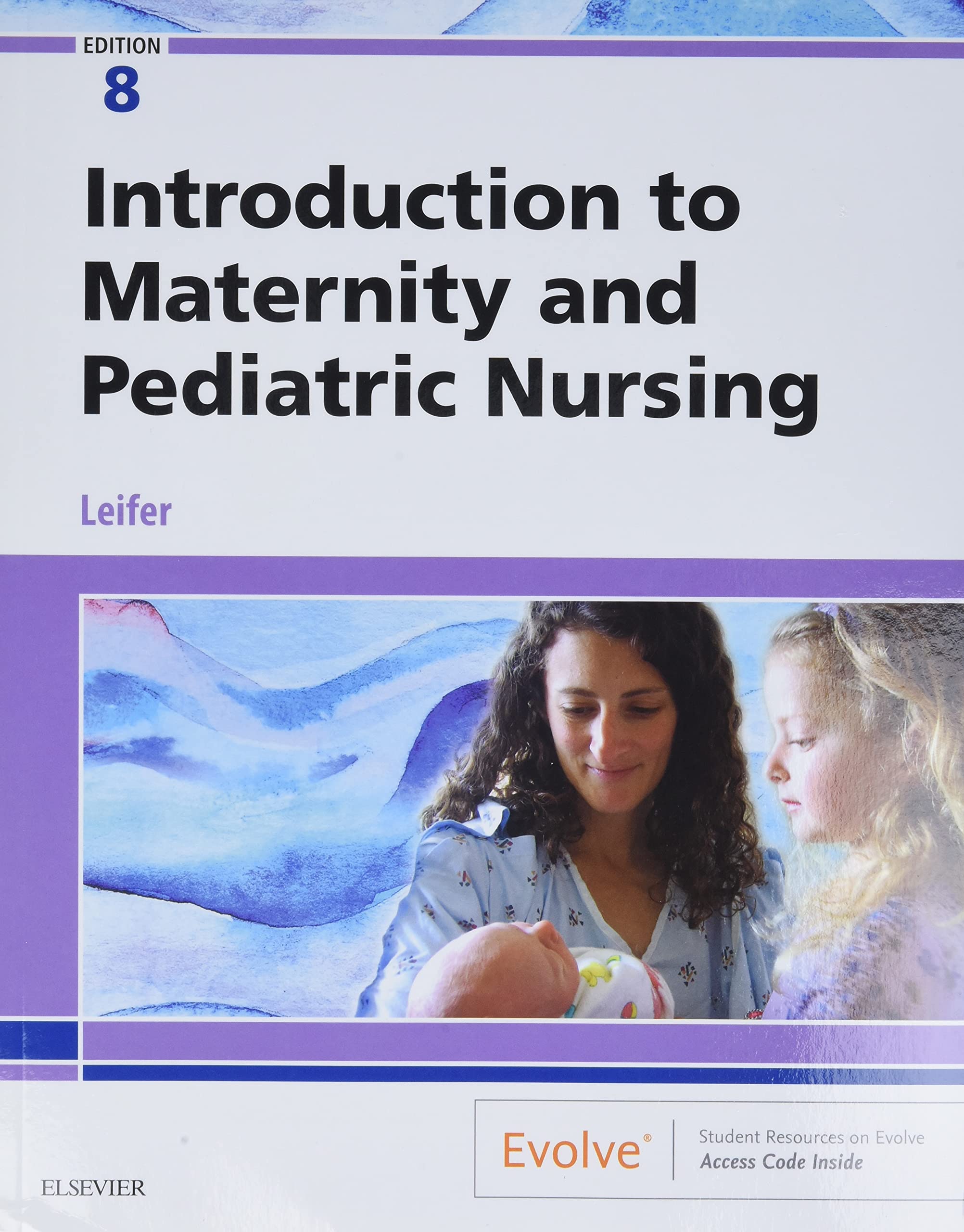
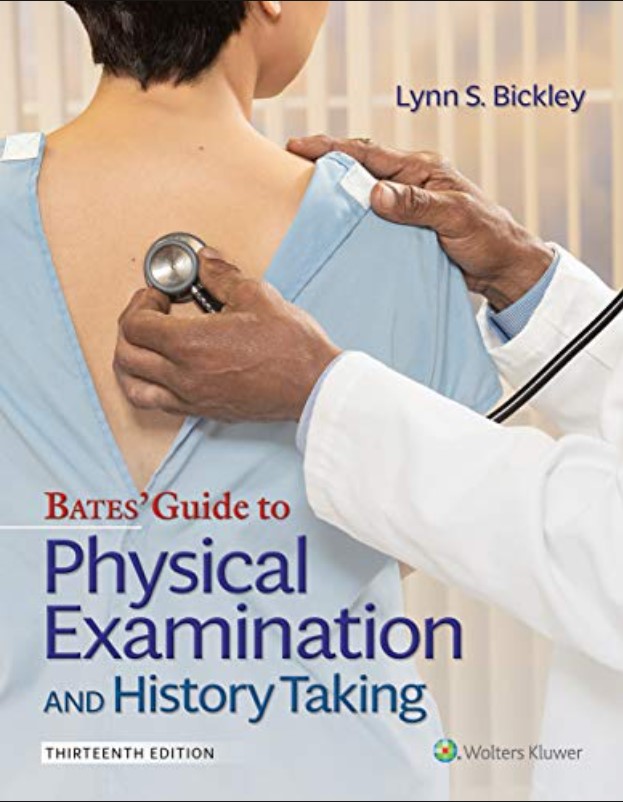
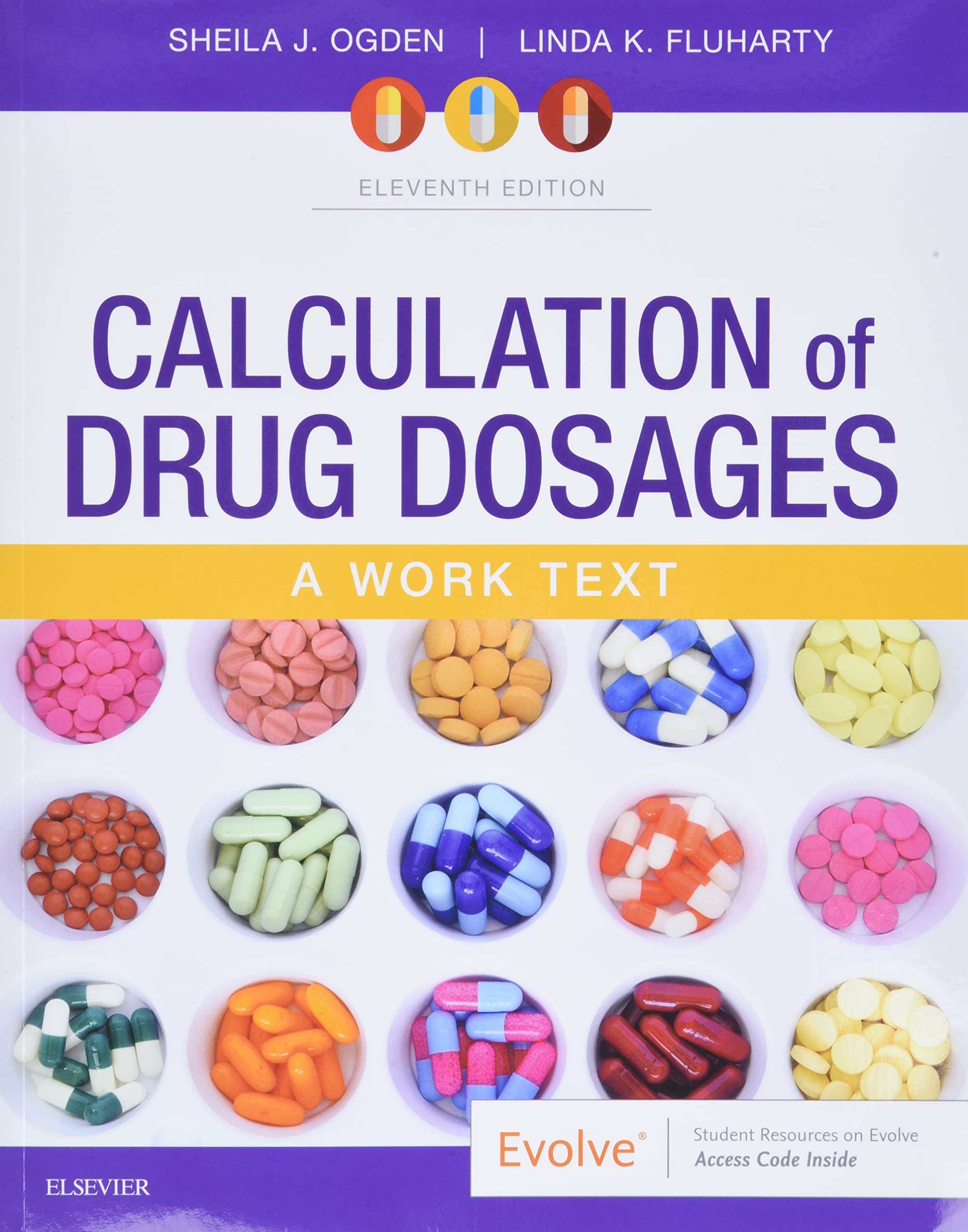
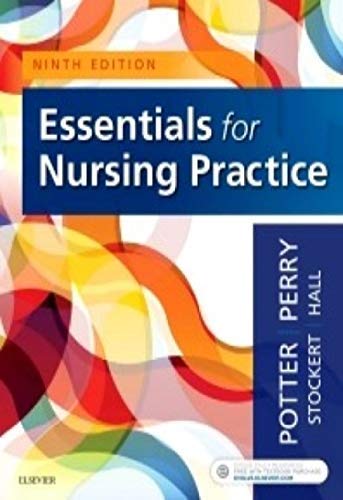
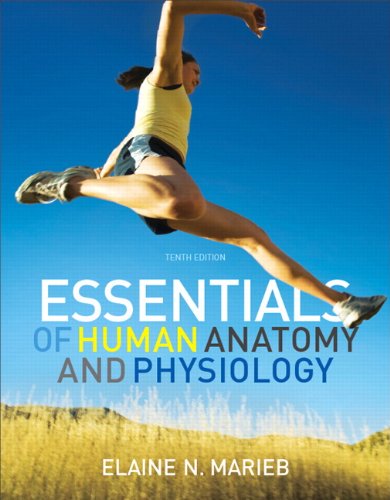
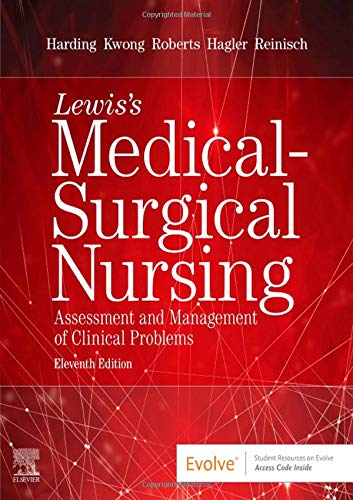
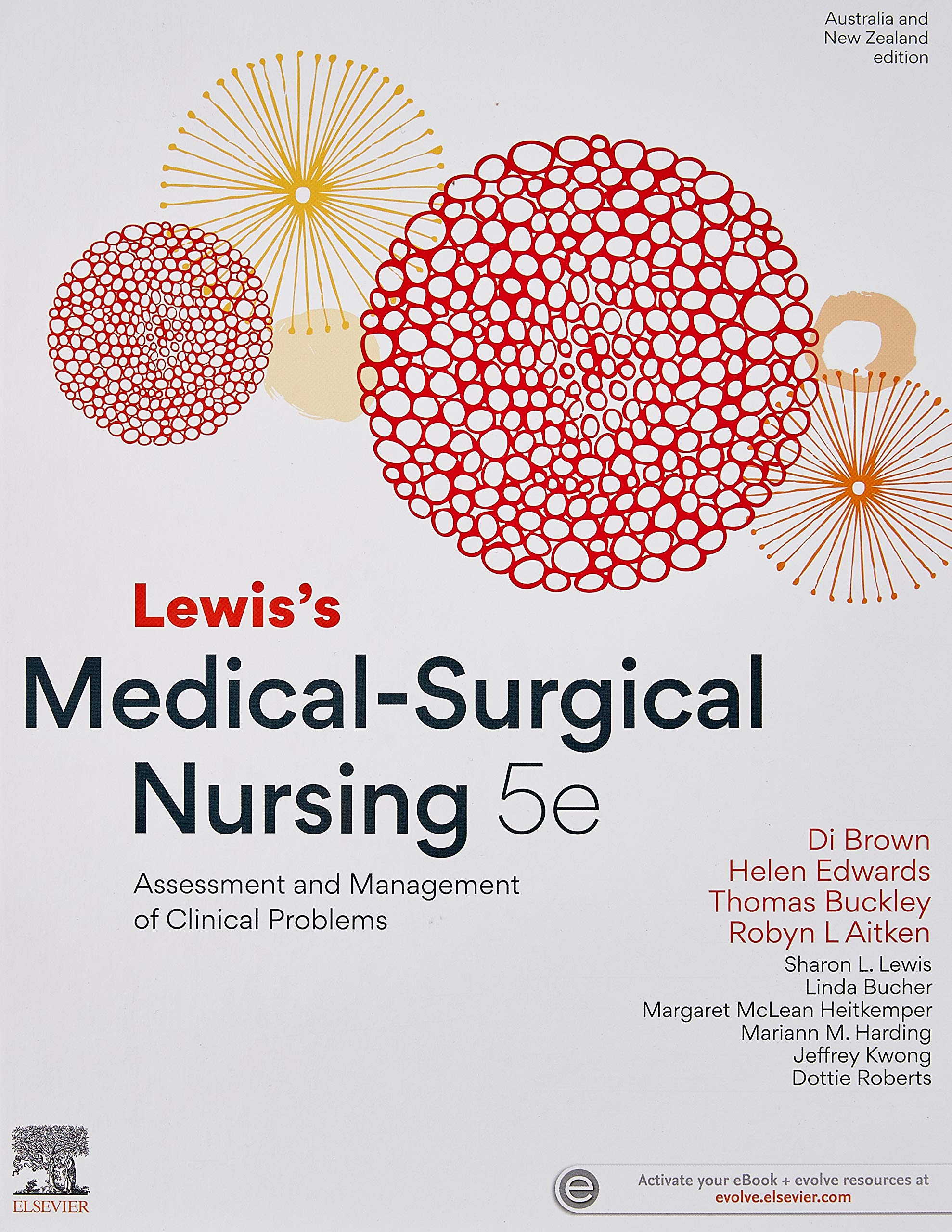
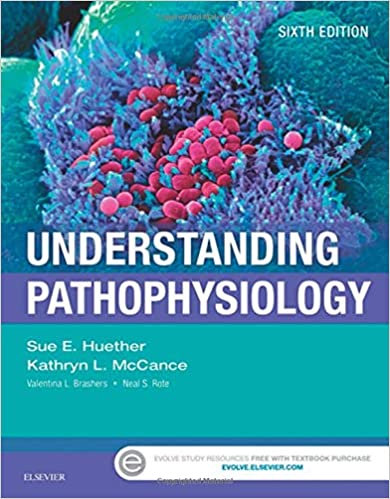
Reviews
There are no reviews yet.